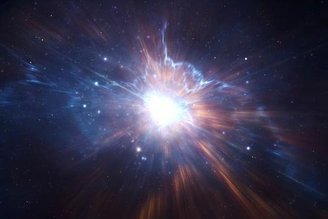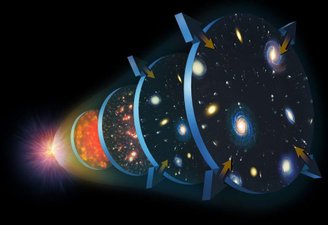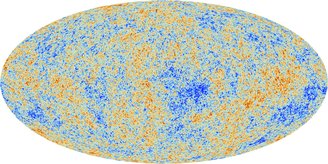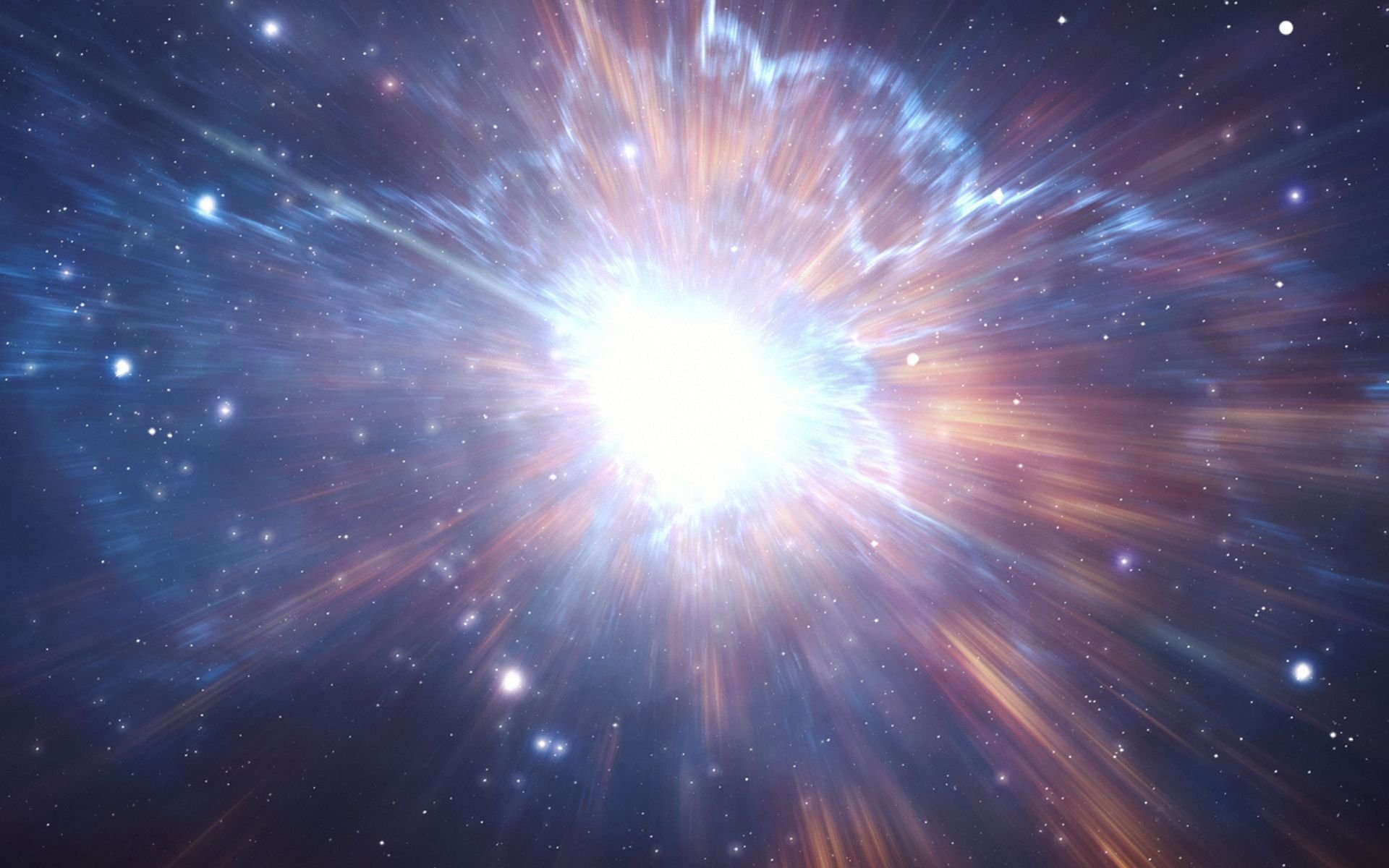The Universe as we know it today is filled with countless stars and galaxies spread across the cosmic vastness. Of all the great mysteries that exist within, perhaps the greatest is this: Where did all this come from?
For countless millennia we have told stories of our cosmic origin: a fiery birth, the separation of light and darkness, an order emerging from chaos, an emergence from a dark, empty, formless state.
Some stories involved the presence of a creative being, while others relied on the unique intervention of nature. But with the rise of modern science, we gained a completely new perspective.
One of the greatest discoveries in the field of Physics and Cosmology that began in the 20th century was that the Cosmos actually had its origin in a cosmic event known as the Big Bang, which occurred approximately 13.8 billion years ago. The idea, explained in simplified terms, stemmed from the observation that the Universe was expanding, decreasing in density, and cooling over time. The next logical step was to go back in time, imagining a Universe ever closer, denser, and hotter in the past.
Although the Big Bang is today considered fundamental information in grand cosmological models, the theory was much debated and even ridiculed by proponents of rival theories when it was first proposed. However, future evidence led us to conclude that the Big Bang was in fact an important event in the origin of our Universe.

However, this phenomenon is still little understood by the public and is surrounded by many false ideals that cause misunderstanding and confusion. Here are the top 3 myths people believe about the Big Bang.
Discover the main myths about the Big Bang
The Big Bang was an explosion
When we look at distant galaxies in the universe, we generally see the same behavior: The further away the galaxy, the faster it moves away from us. It makes perfect sense, then, to think that more distant objects are moving away from us at faster speeds, and that we can trace every galaxy we see today back to a single point in the past: a giant explosion. However, this is a misconception about what the Big Bang actually was.
This is not due to the movement of galaxies in the Universe, but due to the expansion of the structure of space that makes up the Universe.
A simple way to understand this is to imagine an empty birthday balloon with dots painted on it and marked with a pencil. When someone fills this bladder with air, the drawn balls will move further apart in proportion to their initial distance, not because they are moving inside the bladder but because the bladder itself is inflating.

In short, it was not the initial explosion that caused galaxies to move away from each other, but the physics of the expanding Universe, governed by Einstein’s Theory of General Relativity, that caused space and the galaxies within it to break apart. expand There was no explosion, just a rapid expansion depending on the matter and energy content of our Universe.
The Big Bang occurred in the middle of the universe
The universe did not emerge at a “central point” in space. Although you might initially think that everything seems to expand away from everything else, we can then go back in time and speculate that they all originate from the same place, like a centrally located grenade from which all the shrapnel originates.

But still The universe didn’t explode, it just expanded. In an expanding Universe, given a large enough volume, all places in space look the same.
On the large-scale average, the Universe appears to have the same density, the same temperature, and the same number of galaxies everywhere. And if you extrapolate back in time, it will appear hotter and denser, but that’s because space itself is also evolving and expanding.
Therefore, the Big Bang did not occur at a single point, but at every point in space at the same time and a limited time ago. When we look at the farthest reaches of the Universe, we are looking back in time, and so are all observers from other perspectives the Universe offers.
The Big Bang occurred at infinite density and temperature
If the Universe is expanding and cooling today, it must have been much smaller, denser, and hotter in the past. By testing this hypothesis by observing and measuring the microtemperature fluctuations we see today in the cosmic microwave background, cosmologists realized that the Universe never exceeds a certain temperature level.

The observed temperature fluctuations are significantly lower than those predicted by the eternally hot Big Bang situation. The only conclusion that can be drawn from this result is that the Universe has experienced temperature discontinuities in the past and has never exceeded the critical limit.
Source: Tec Mundo
I’m Blaine Morgan, an experienced journalist and writer with over 8 years of experience in the tech industry. My expertise lies in writing about technology news and trends, covering everything from cutting-edge gadgets to emerging software developments. I’ve written for several leading publications including Gadget Onus where I am an author.












